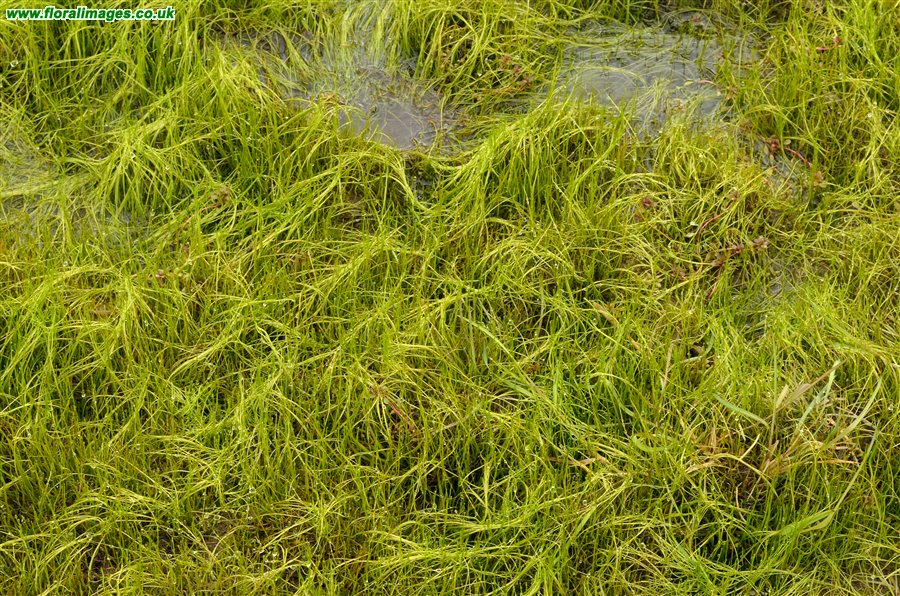We continue to have a botanically eventful start to the year.
Just after the last post several of us met up near Twyn y Beddau under Hay Bluff. I expected to easily show the group the Pillwort that grows up there but that wasn't how it turned out as the pools were very full due to recent rain and not a sign to be seen in most of them of the rare little fern in the water or at the edges. But we did find it at the last pool we looked in which had been thoroughly trampled by horses or cattle, churning up some floating examples:
Pillwort, Pelenllys gronynnog or Pilularia globulifera
(We did put this back!) Pictures from previous years:
Showing the characteristic unfolding of a small frond.
Then the following week at Capel y ffin we saw an abundance of Moschatel which we had been looking for and also happened on this patch of "ALGS" by the road:
Alternate-leaved Golden-saxifrage, Eglyn bob yn eilddail or Chrysosplenium alternifolium
The ALGS is to the right (about 3/4 of the frame) with the much more common OLGS (Opposite-leaved Golden-saxifrage) to the left. I only noticed the change in background texture when I viewed the photograph later. The basal leaves are quite different for the two species.
On the first trip up from Hay, my passenger, Anne, noticed "Alexanders!" on the way back. So I had to look for myself the next time - it's a narrow bit of the road so the drivers eyes have to be on the road ahead but we did spot it again, unfortunately with a car on our tail so couldn't stop. (If you know the road you will understand.) We managed a short stop for a photo on the way back that time.
Alexanders, Dulys or Smyrnium olusatrum
Not at all common in the county - our third record ever. It is more common in coastal areas and is thought to be a Roman introduction - their version of Celery - but quickly dropped when modern Celery was developed.
And today I heard of this, not 100m from where I live, from a group member who was in Hay yesterday:
Yellow Nonea or Nonea lutea
Growing at the edge of a pavement and spotted by Joan. New for the County but almost certainly a garden escape.

























